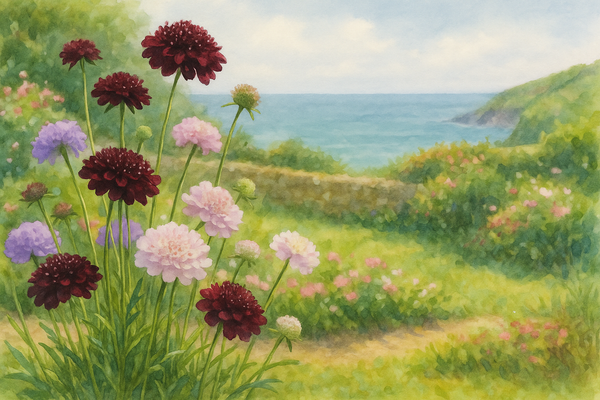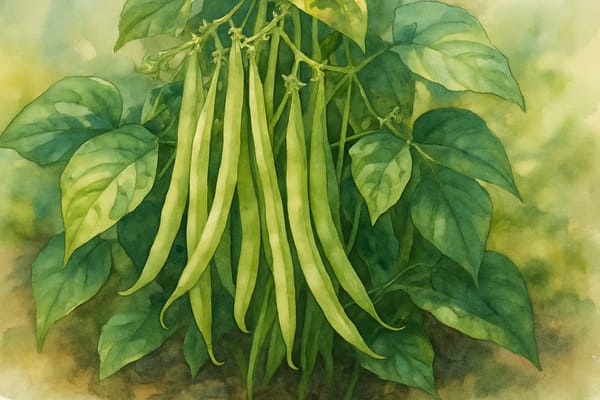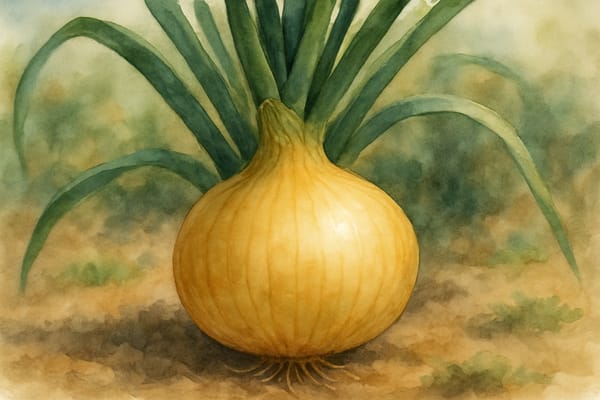There’s a quiet delight in seeing the first blooms of Scabious Double (Scabiosa atropurpurea) open along a garden border — airy stems topped with richly coloured, many-petalled flowers that seem to hover above the foliage like soft pincushions.
In Cornwall, where the sea air softens even the most structured gardens, scabious belongs naturally among cottage borders, gravel paths, and wildflower banks. Its charm lies not just in its floriferous nature but in the company it keeps — bees, butterflies, and every gardener who cherishes a flower that gives more than it asks.
Sowing Scabious from Seed — A Gardener’s Ritual
The beauty of scabious is how simply it begins.
You can start indoors from late winter into early spring (February–April), scattering seeds into seed trays with a light covering of fine compost. Kept in a bright, frost-free spot at around 15–20°C, they’ll stir quietly beneath the surface, appearing within a week or two, sometimes three.
If you prefer, sow directly outside from April to May, once the ground warms and the frost passes. Scabious likes open sun and well-drained soil — the kind of spot where other annuals might thrive too. Sow thinly and give young plants room — about 25–30 cm apart — to find their shape.
Growing On — With a Light Hand
Seedlings grow steadily, with no great demands.
If started indoors, pot them on gently when they show their true leaves and harden them off before setting them out into the garden.
They’ll reward you best in full sun, with soil that drains well but doesn’t dry to dust. Scabious dislikes wet feet but thrives in a soil that feels open and alive. Add a little garden compost before planting, and that’s often all they’ll need.
Caring Through the Season
- Water sparingly — enough to settle the roots but never to soak
- Deadhead regularly — the more you pick, the more they bloom
- Staking isn’t often needed, though in exposed gardens a little support keeps them upright
- They’re usually pest-free, though a damp summer may invite mildew — good air circulation is your friend
In the Garden & Beyond
Scabious Double isn’t just a pretty face. The blooms make charming cut flowers, with long stems and a vase life that surprises many. They attract bees and butterflies, particularly when left to sway in a sunlit border. And if you let a few flowers go to seed, you’ll often find them returning quietly the next year — a gardener’s quiet gift to themselves.
A Note from the Border
In a Cornish garden, where coastal air and soft rain shape the seasons, scabious finds its place among the self-sowers and the border companions. It’s a plant for those who love a little joyful wildness woven into a cared-for garden — a reminder that the easiest things are often the most rewarding.











